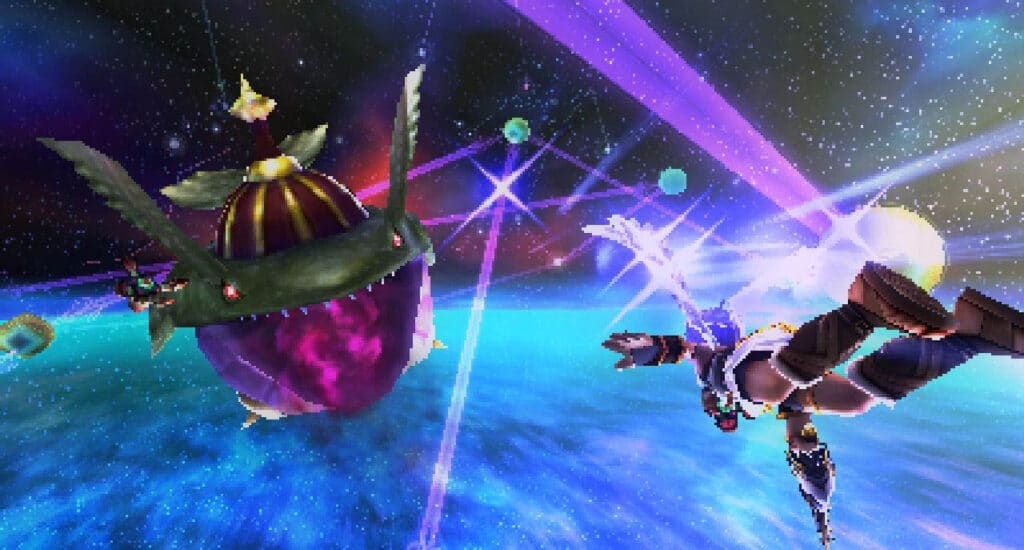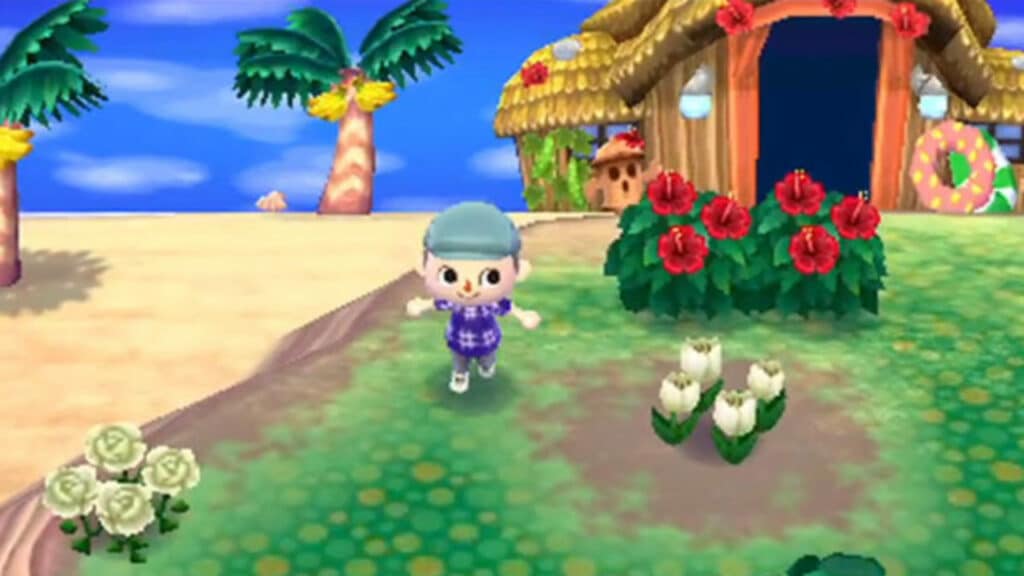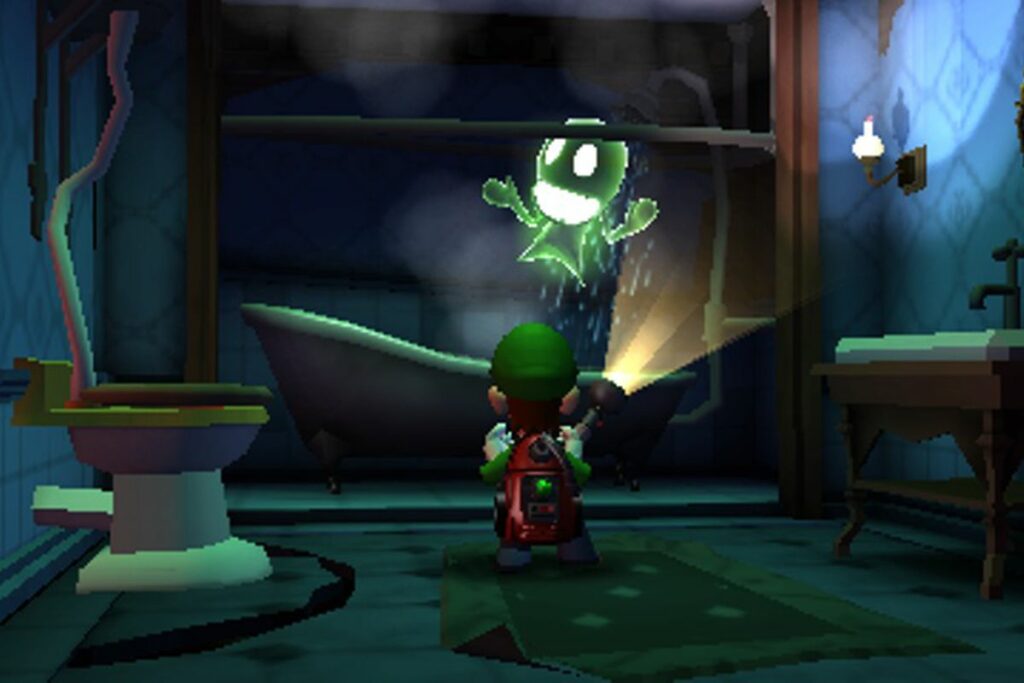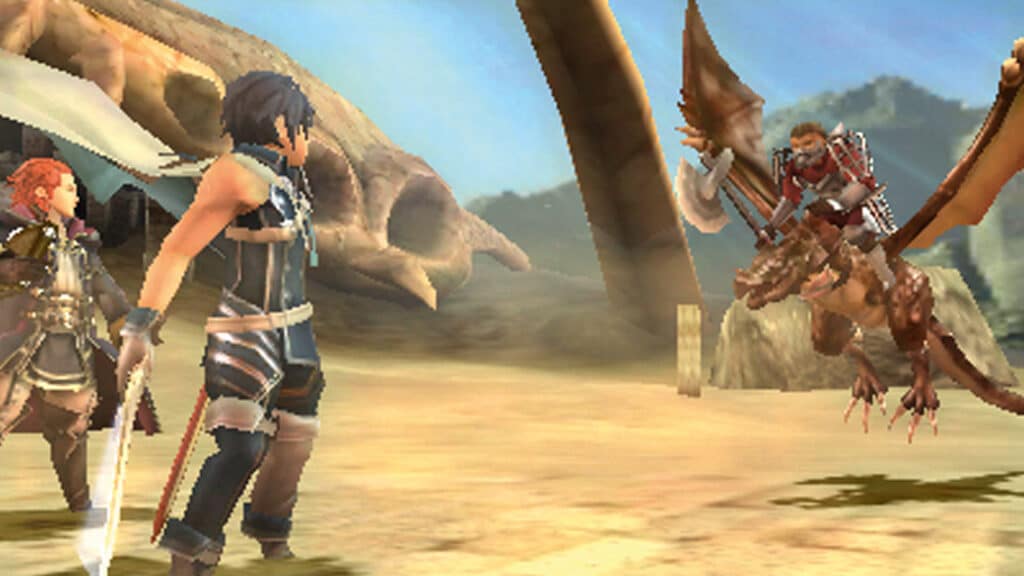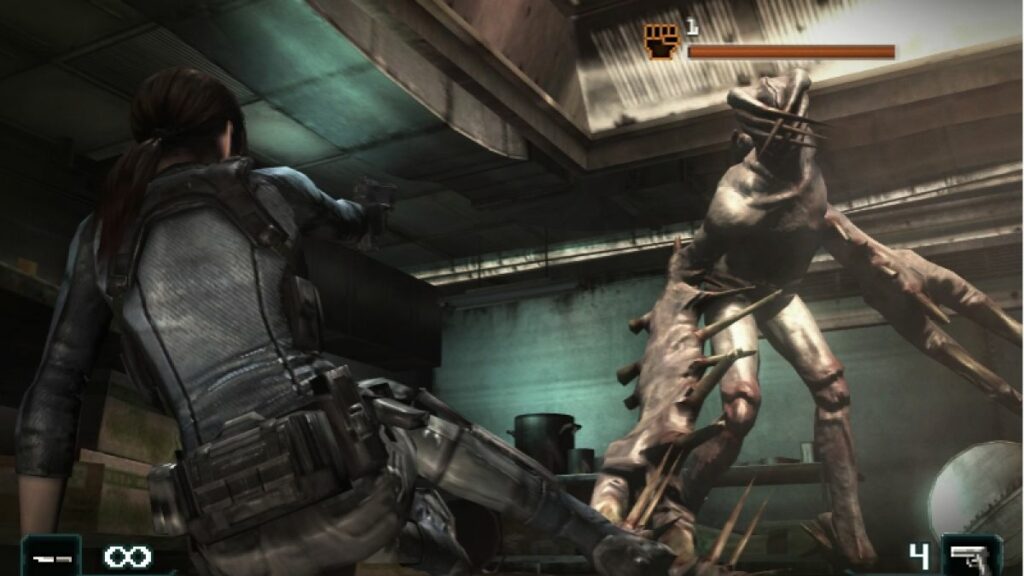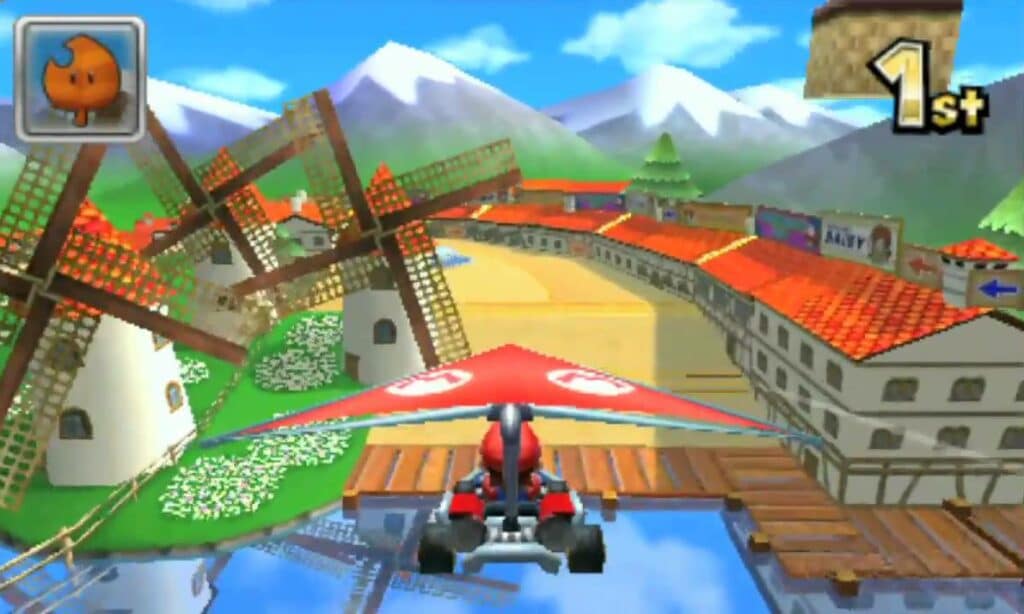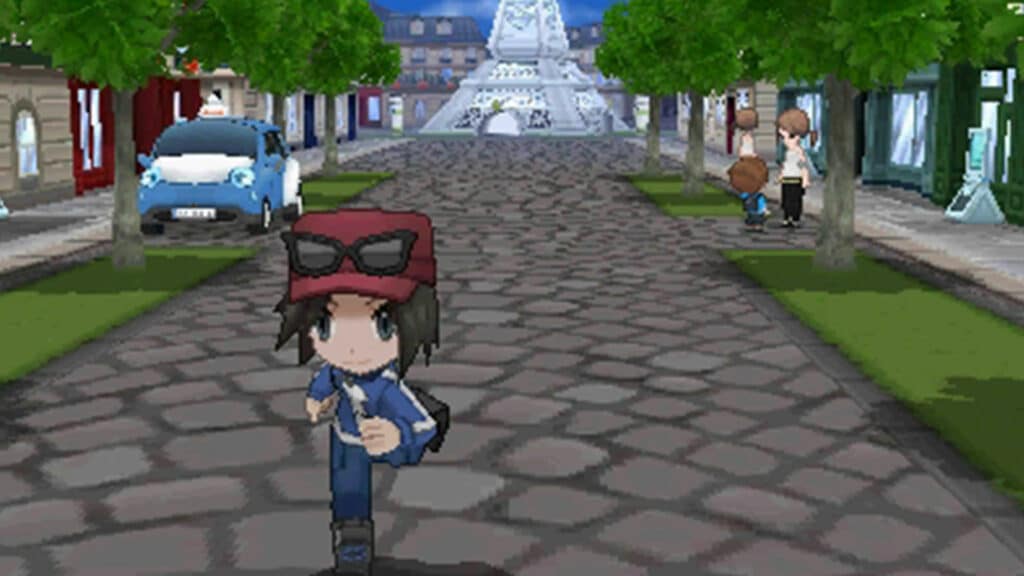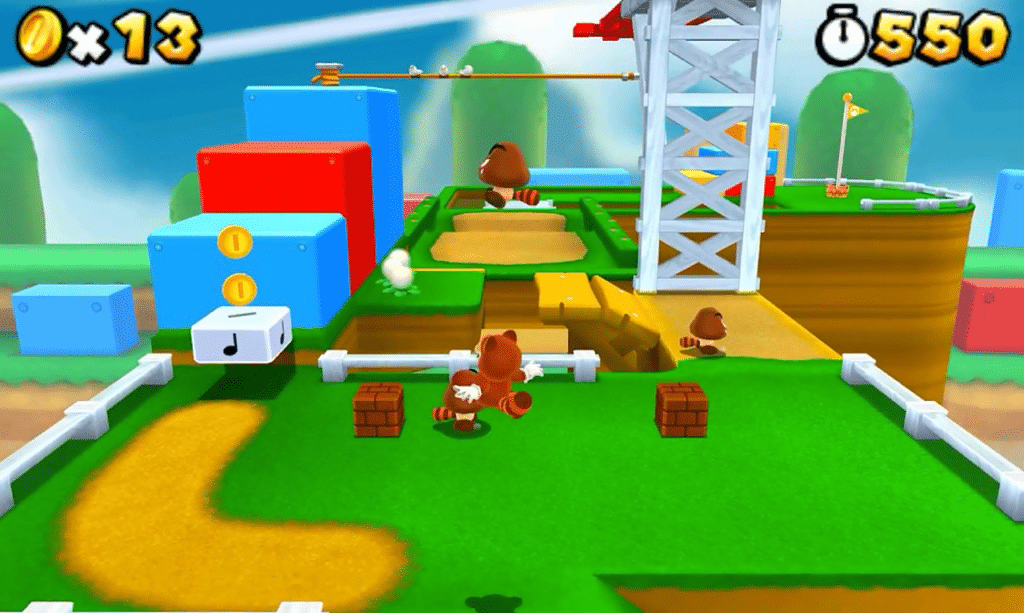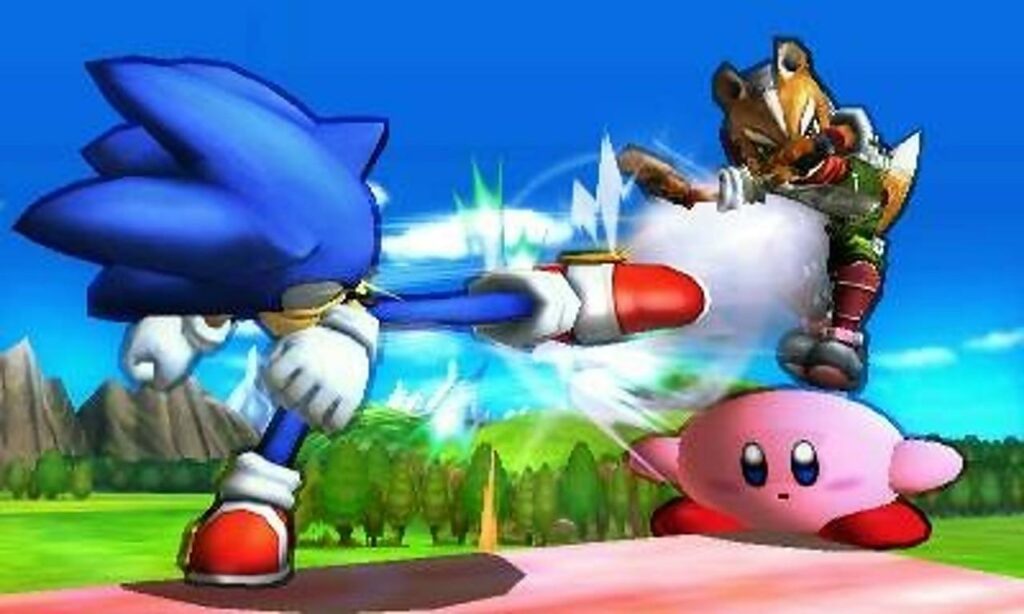-Alejandro González Iñárritu
The Nintendo 3DS will turn ten years old in just a few short weeks. Whilst this will definitely be a day of celebration, I’ll also be spending it wondering how those 10 years have gone by so quickly. Yes, at an entire decade, the Nintendo 3DS is (almost) double the age of the Nintendo Switch (god, I feel old), and whilst all Nintendo handhelds hold a special place in my heart, the Nintendo 3DS perhaps has the most substantial grip.
You see, it’s not the stereoscopic 3D, gyroscope, or community-based functionality, such as StreetPass, that make this console stand out. While all those things are lovely and contribute to the glory of the 3DS, it is the strong catalogue of first and third-party games that made playing the 3DS such an enjoyable gaming experience. Of course, first-class Nintendo IPs like Zelda and Mario saw their time in the limelight. Still, other titles like Animal Crossing and an unexpected (yet desperately needed) sequel to Luigi’s Mansion also made waves across Nintendo fans. The console also saw a wealth of quality remakes such as Ocarina of Time and Star Fox 64, and beautiful ports, like Donkey Kong Country.
In this Nintendo Blog, I’ll be placing those remakes and ports to one side and focusing on the succulent and original 3DS entries. From adventures across Hyrule to a desolate Ghost Ship, let me tell you more about my Top 10 Nintendo 3DS Games.
Did You Know?
- Released in Feb (JP) and March (RoW) 2011.
- Sold just under 76 million units worldwide.
- At the time, was the most pre-ordered video game console on Amazon.

10) Pokémon X & Y
Let’s face it; no Nintendo handheld console is complete without a Pokémon entry. The 3DS saw four sets of twin Pokémon games released over its lifetime, and for me, it’s Pokémon X & Y that I loved the most. X & Y were the first Pokémon mainline games to be released on the 3DS and introduced the sixth generation of Pokémon. This game not only debuted Greninja, my favourite water Pokémon (you can read more in my Top 10 Water Pokémon blog), but it also gave the series the graphical overhaul it so desperately needed. Better player sprites, 3d graphics and all the different camera angles allowed environments to come to life in the French-inspired Kalos region. Whilst the story and gameplay were nothing new, these elements give the game a fresh perspective and, for me, elevated the X &Y entries past some of the older Pokémon titles
9) Resident Evil Revelations
The most mature title on this list, Resident Evil Revelations was not a game that I expected to enjoy as much as I did when I first booted it up on 3DS. As a long time fan of the Resident Evil series, Revelations attempted to strike a balance between the suspense-filled tension of earlier games and the quicker gun-heavy pace of Resident Evil 4 – and it smashed it. Set on a Ghost Ship, there are times where you’ll be slowly traversing claustrophobic, rusty corridors – jumping at the creaks and moans of the battered vessel – and others where you’re in larger open spaces, like the Ships’ dining area, battering hordes of zombies. These two different paces are paired excellently throughout the story, creating a great tempo to a classic 3DS game. Also, you had to play this game with a Circle Pad Pro, which is basically a second analog stick and – for some reason – my favourite Nintendo accessory ever made!
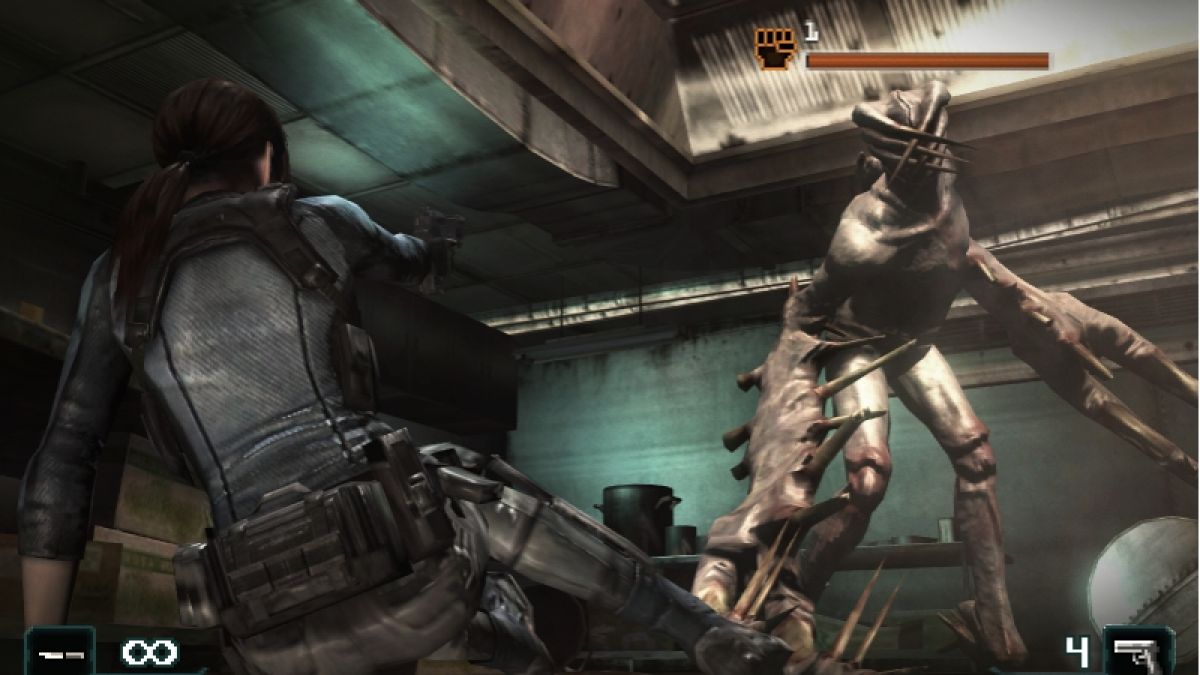
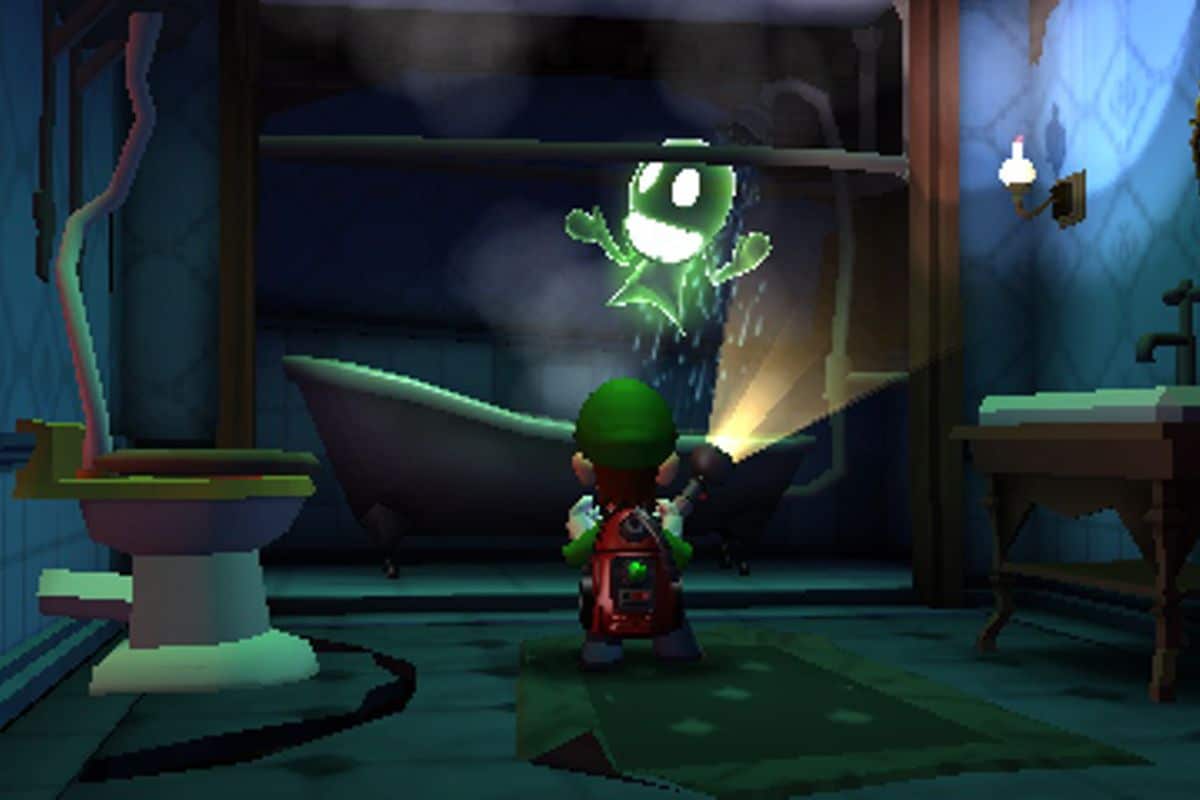
8) Luigi’s Mansion: Dark Moon
One of my favourite games on the GameCube is Luigi’s Mansion (another plug, check out my Top 10 GameCube Games), and I always wanted Nintendo to make a sequel. Well, after 12 years of weekly letters to Nintendo headquarters, they finally yielded and made the damn thing to shut me up. Luigi’s Mansion: Dark Moon took a different approach to its predecessor’s “open mansion” gameplay and had Luigi explore 5 various themed Mansions with shorter mission-styled objectives. Each Mansion had multiple missions that opened up more of the Mansion to explore, which paired really well with the handheld nature of the 3DS. These mansions each had their own characteristics, giving different environments for Luigi to explore, something that the GameCube version never had. This direction felt like a natural progression, which was explored further in Luigi’s Mansion 3. Luckily, it was only 6 years of writing letters to Nintendo to get them to release that one.
7) Super Smash Bros. for Nintendo 3DS
Since the N64, every Nintendo home console saw a new Smash Bros. released. However, the franchise never made its way onto a handheld console until the 3DS. Super Smash Bros. for a 3DS’ only flaw is that the title is stupidly long. What happened to the days of adding a cool word to the end, like Melee or Brawl? Anyway, the 3DS’ hardware allowed Nintendo to facilitate this massive game on a small cartridge – and oh boy, they packed in the content. Releases briefly before the Wii U counterpart, the game features the exact same fighters as the home console variant and added 17 newcomers such as Pac Man, Shulk and Bowser Jr. It features the 3DS specific ‘Smash Run’, which I preferred to Wii U’s Smash Tour, as well a whole heap of single-player modes – and of course, online. Whilst the smaller screen perhaps struggled with 4 player battles, it worked well for 1v1, which is personally how I prefer to play. So although the 3DS version doesn’t entirely present the hecticness and fun of a traditional Smash Bros. game on the smaller screen, it was a terrific first (and probably last) attempt on a handheld console.
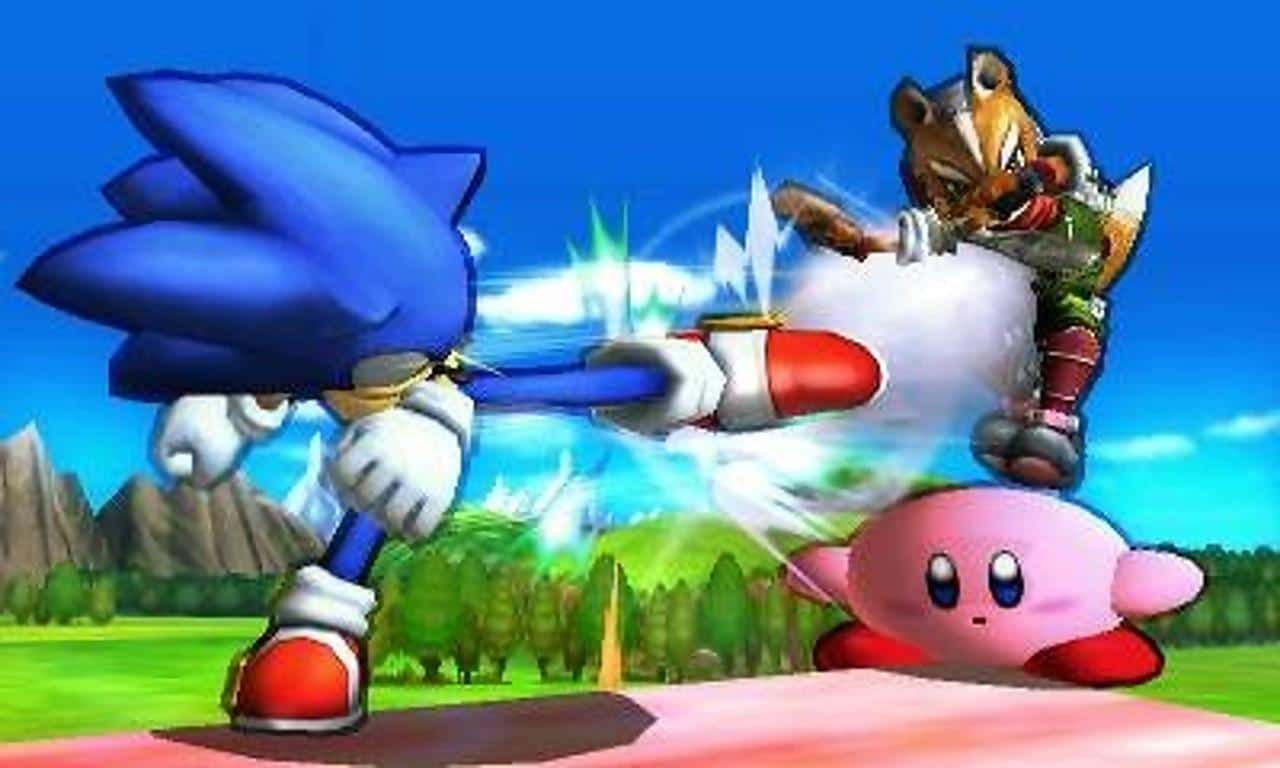
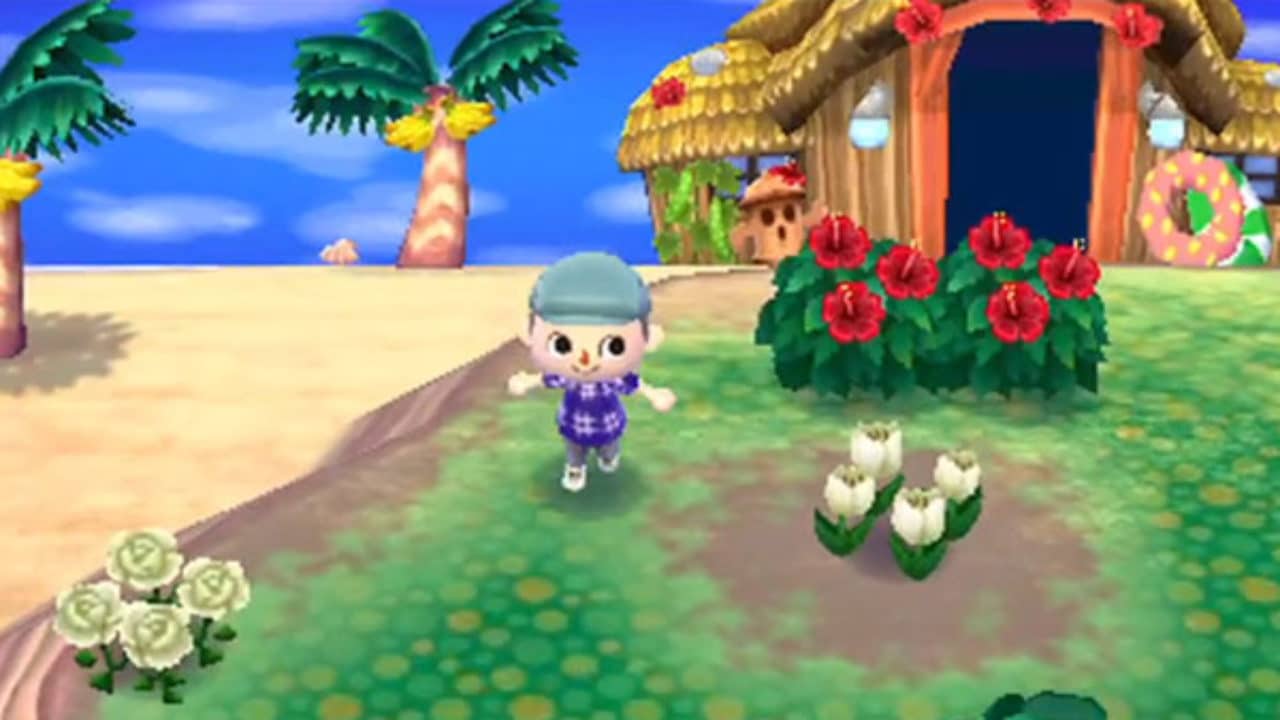
6) Animal Crossing New Leaf
For me, Animal Crossing always felt like it shone best on a handheld console. I had the GameCube version, but barely played it, and totally avoided the Wii’s Let’s Go to the City (or City Folk for you across the pond). However, Wild World on the DS took up an astronomical amount of my time, or so I thought, because then I played New Leaf on the 3DS. Animal Crossing New Leaf not only looked incredible on the 3DS, but took a new approach to the gameplay by making you the Mayor of the town. Yes, Tortimer was out, Isabelle was in – a trade equivalent of swapping a Caterpie Pokémon card for a Shiny Charizard. You still had the usual Tom Nook debt hanging over your head, but you were also free to add outside elements to your town for the first time. The more extensive depth of customisation allowed you to make your village genuinely unique – whether you’re building benches or flower clocks, the variety made every town look different. This made visiting Friend’s towns more exciting, seeing how they’d had placed outdoor furniture, making your Bell wallet quake as you headed back to your village armed with inspiration. Of course, New Horizons built on and improved this customisation further, so you know that New Leaf was taking the series in the right direction.
5) Kid Icarus: Uprising
Sure, I may have complained about a 12-year wait for a new Luigi’s Mansion title earlier on. However, I should count my lucky stars. Kid Icarus fans were tortured by a 26-year long wait between the original release on the NES in 1986 and the only other title – Kid Icarus: Uprising – on the 3DS in 2012. Part on-rail shooter, part on-ground action/adventure/shooter, Kid Icarus: Uprising, at the time, felt like one of the most original titles Nintendo had produced in a decade. Created by Smash Bros. series legend Masahiro Sakurai, KIU is full of charm, characters and plenty of action. Each level begins with the on-rail flying section, where you have limited control of protagonist Pit to dodge and shoot oncoming mythical monsters. Throughout these sections, there’s A LOT of dialogue between Pit, Palutena, Dark Pit and other characters, all of which is tongue in cheek – and quite funny if you don’t take it too seriously. These segments end with the on-ground section, where your control of Pit becomes more substantial as you traverse ruins finding treasure, fighting enemies, and usually, a boss at the end. There was also an incredible online 3v3 mode where you could customise your weapons and go into battle – it was pretty addictive! Overall, I love KIU, and if you can get through the hand cramp from the “unique” control setup, you’re in for a quality time.
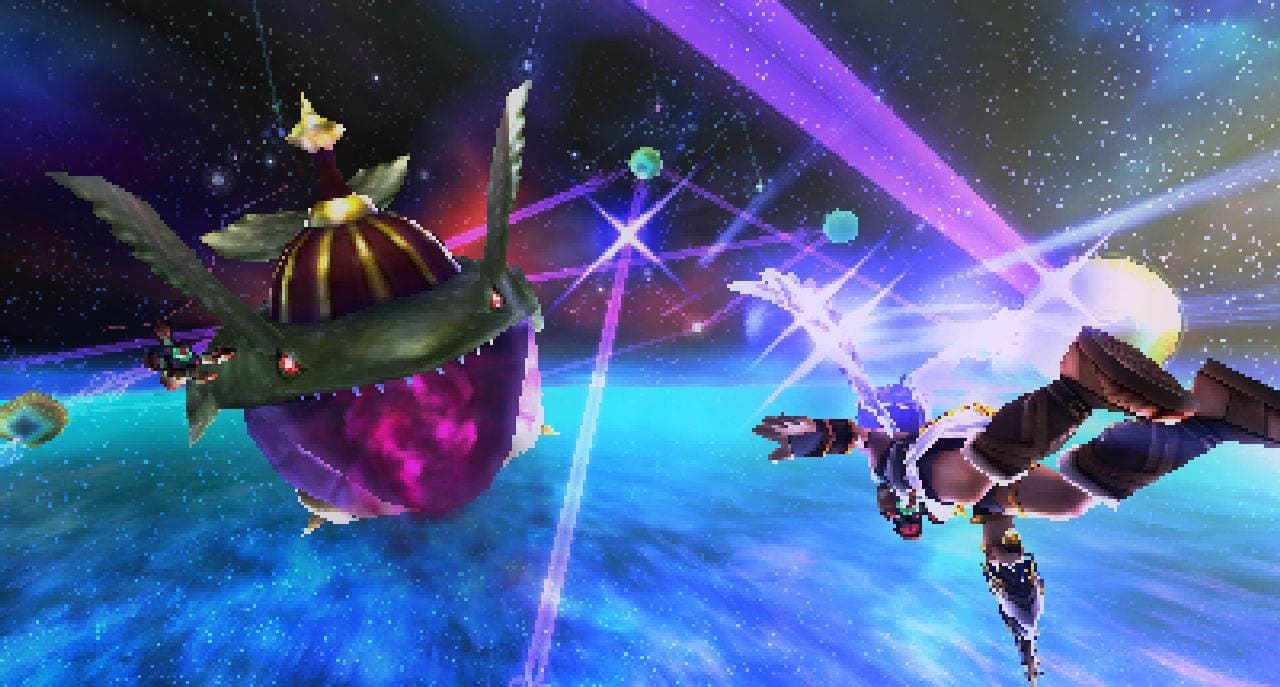
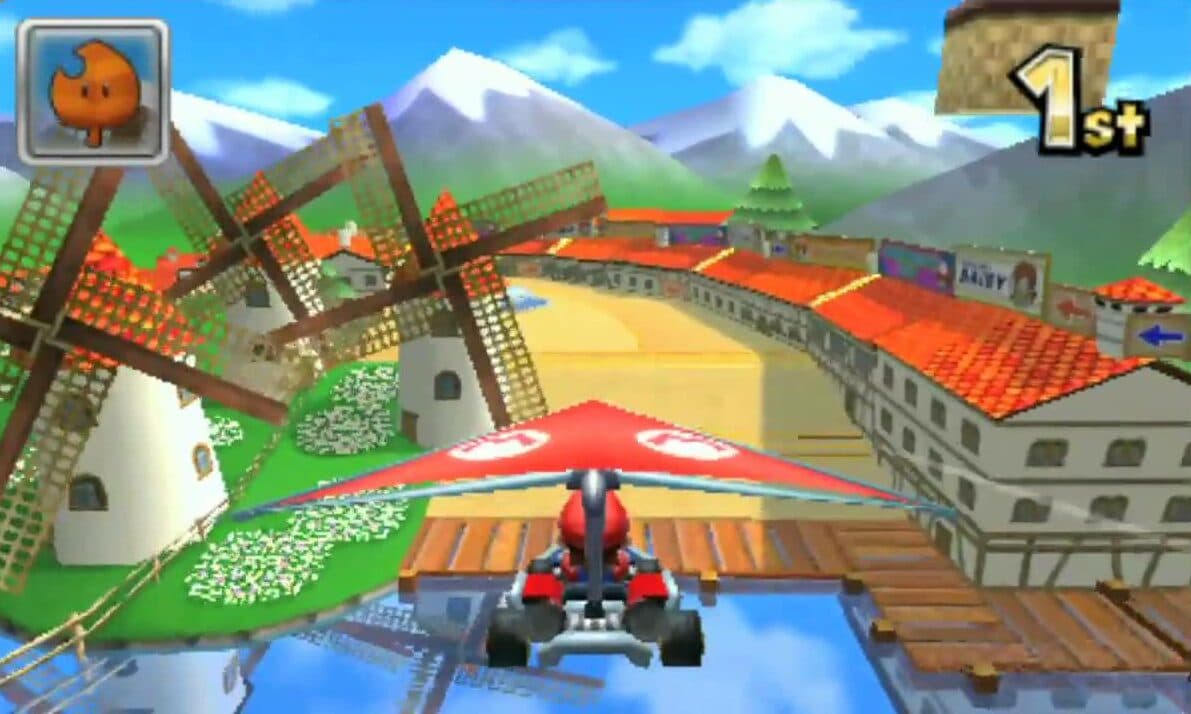
4) Mario Kart 7
The best selling game on the 3DS (and, let’s face it, most Nintendo titles) is, of course, the Mario Kart entry – Mario Kart 7. Mario Kart 7 always stood out to me as one of the entries with the most creative tracks. Wuhu Loop, Wario Shipyard, and Shy Guy Bazaar are just a couple of the original tracks packed full of fun and chaos. I mean, Mario Kart 7 still has, in my opinion, the best version of Rainbow Road in the whole series. It’s also got some incredible retro tracks, including the almighty Waluigi Pinball and the rapid Koopa Cape. In addition, MK7 introduced Flying and Underwater sections, taking the racing to new heights and depths as you raced through its unpredictable yet fluid tracks. Sprinkle all this with a wealth of characters, unlockable and customisable Kart parts, and a solid online scene, and you’re left with what I think is the best handheld Mario Kart to date.
3) Fire Emblem Awakening
Before Fire Emblem Awakening, my knowledge and interest in the series was pretty low. Whilst my knowledge is probably no better, my love for the franchise has skyrocketed, launched into the stratosphere by the incredible Fire Emblem Awakening. Following the story of Chrom and his “Shepherds”, you play a master tactician (Robin), who’s got a bad case of the old amnesia. After dreaming of killing Chrom, you awake in a field with no memory and are soon onboarded by Chrom’s memory band of chums. The real-time strategy game has everything you’d expect – various classes with strengths and weaknesses, RPG elements to level up characters, and a “rock, paper, scissor” style match up for battles. However, what really shines is the story and depth of the character building. The story itself unravels and expands numerously throughout its course, with time-travel elements thrown in to keep the player guessing. Whilst the character-building allows relationships between the Shepherds to flourish, unlocking new and engaging dialogue. I loved Fates, I loved Birthright, but Awakening for me is the best on the system and still my favourite all-time Fire Emblem to date.
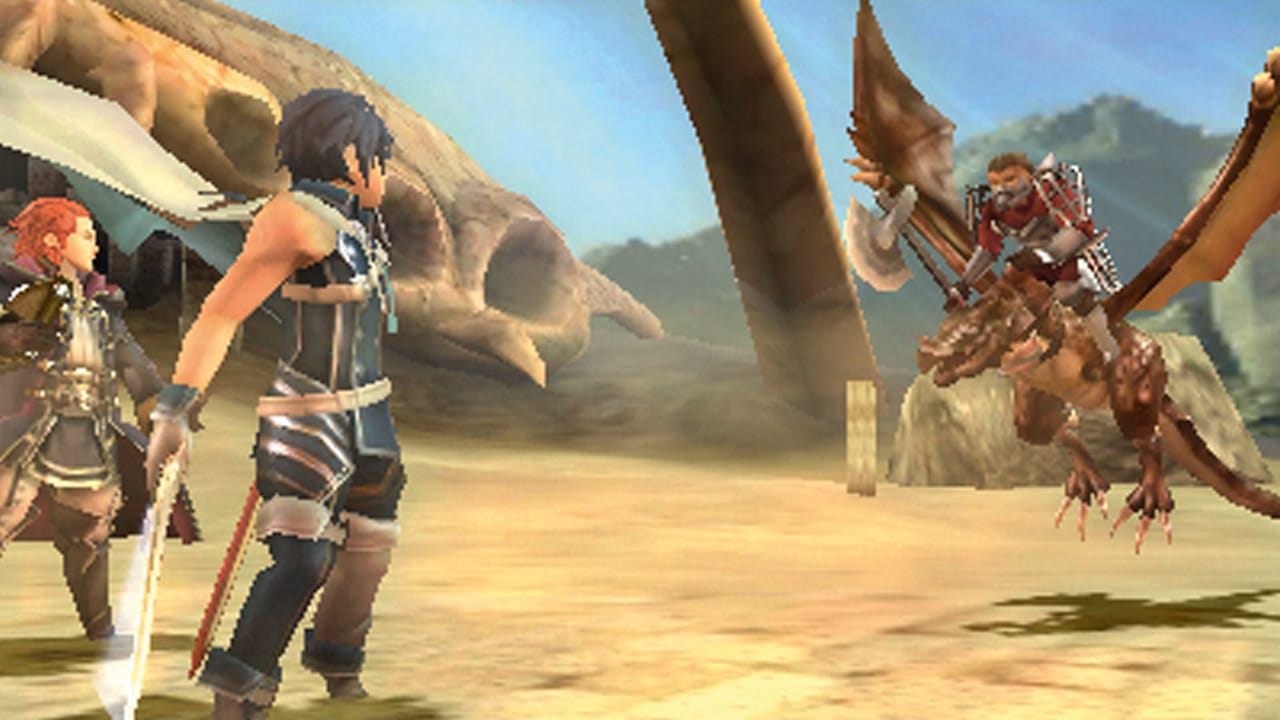
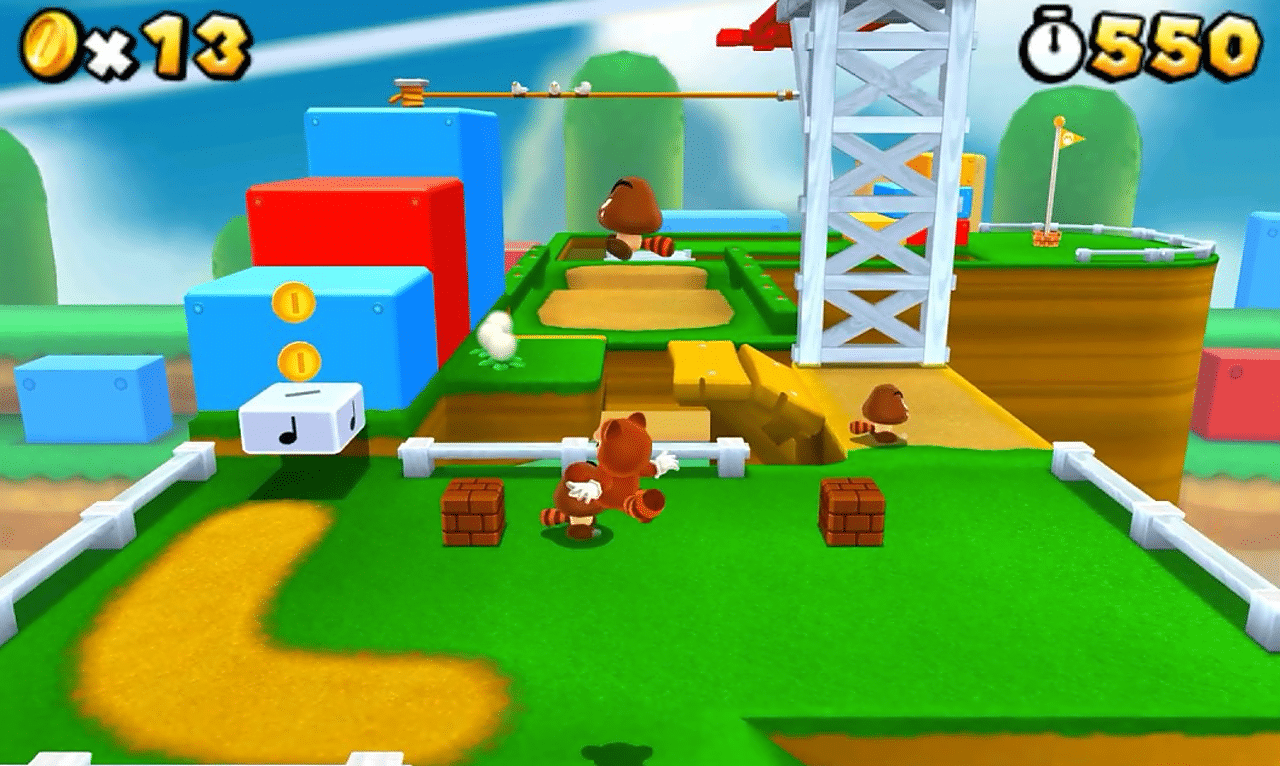
2) Super Mario 3D Land
Super Mario 3D Land is the strongest contender in the 3DS’ library for the game that makes the best use of the stereoscopic 3D (or it could be a tie with number one on this list!). Super Mario 3D Land was a whole new style of Mario adventure, and at the time, I remember being incredibly excited and invested by this title. I’d be looking at news articles for the game every day, new screenshots, new information released, new rumours – you name it. I’d never done that with a game before, and I’ve never done it since. Super Mario 3D Land strikes a sweet spot between the open-world Marios like 64 and Sunshine and the linear 2D Marios, like Super Mario World. Each level has a clear start and Flagpole finish, but the openness within each level means you decide how to get to the end. You can take whichever route you like, all of which is supported by the reimagined Tanooki suite. Nintendo really went to town on this one – gorgeous level design, fun and exciting gameplay, and they packed in 16 worlds! I’ve replayed this title many times on the 3DS. While the platforming may be simple compared to other Mario titles, the perfection in the execution of said simplicity makes Super Mario 3D Land completely un-ignorable. Nintendo clearly thinks so, as they followed up with the equally as amazing Super Mario 3D World on the Wii U/Switch.
1) The Legend of Zelda: A Link Between Worlds
Of course – it’s a Zelda title. The Legend of Zelda: A Link Between Worlds is a gem of a 3DS game that I feel often gets overlooked. It’s set within the same Hyrule as Link to the Past, which many people saw as lazy and repetitive, but it’s the game’s main mechanic that allows you to see this Hyrule from a whole new perspective. Typically, ALBW is a top-down Zelda game; however, Link gains the ability in ALBW to merge into the walls and move across these like an animated painting. This mechanic is used for puzzle solving, traversing the overworld and dungeons, and defeating enemies. While this mechanic is unique and new to the series, ABLW was also the series’s first foray into a completely nonlinear approach. Whilst Breath of the Wild is probably now the best-known title in the game for how much/how little you can complete, and in whatever order you like, ALBW first dipped its toe in this glorious pool. The game first presents you with 3 dungeons before you gather the master sword, followed by a further 8; however, you can approach eat set of dungeons in whatever order you like. This is partly thanks to the weapon system, a rent-your-own-items setup from Ravio, a quirky character that aids Link throughout his mission. Chuck in the Mother Maimai side quest (one of my favourite Top 10 Zelda Sidequests), which expands an already lengthy game, and you’ve got what I consider a worthy winner for the best 3DS game.
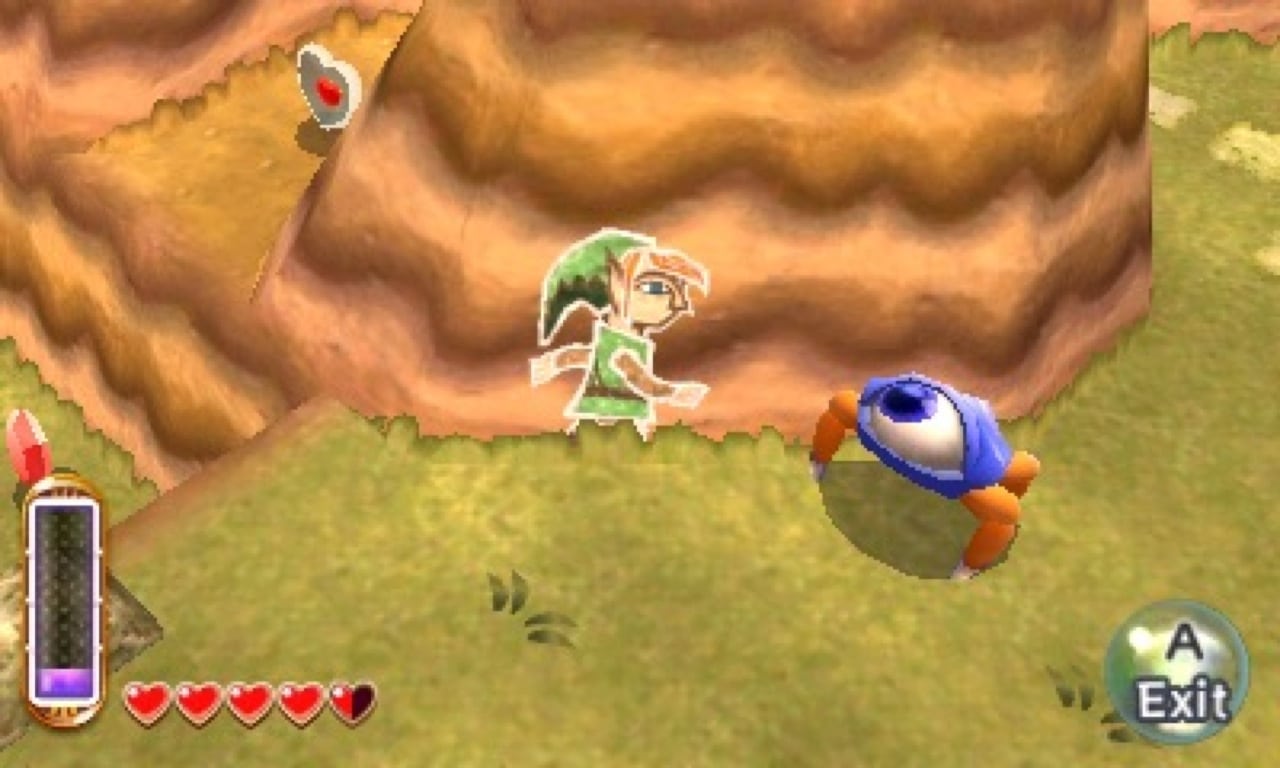
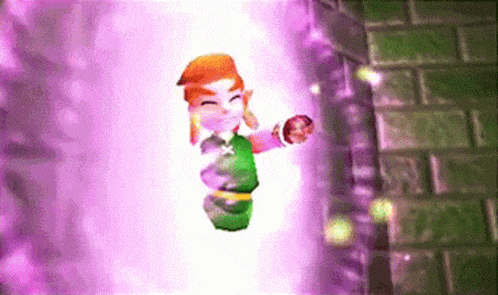
What did you think of my list? Did it make you sick like the 3D and gyroscopic combo, or fill you up with glee like Luigi’s vacuum fills up with ghosts? Whatever your thoughts the 3DS, despite nearly being 10 years old, still feels fresh. It’s not yet crept into that nostalgic category like so many other Nintendo consoles, and I like that. The quality of the games on this multi-dimensional delight means I still go back and play, despite the Switch’s handheld capabilities.


